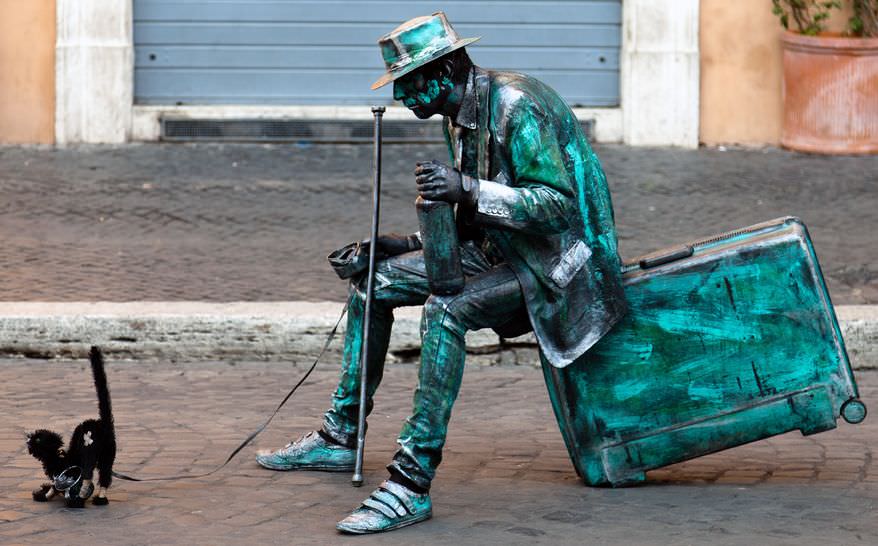 I have to admit that I’m a little bit excited to see street photography being rejuvenated these days. Sure, it has a lot to do with mobile photography and Instagram, but that just makes it all better. Like with others genres, there are right ways of practicing street photography and there are wrong ways. That’s not to say that there is a strict set of rules for everyone to follow. It’s more like a sum of recommendations, many of which come from the lessons learned from the masters of capturing life on the streets. Here is a short list of things that you would probably be better off avoiding in the long run.
I have to admit that I’m a little bit excited to see street photography being rejuvenated these days. Sure, it has a lot to do with mobile photography and Instagram, but that just makes it all better. Like with others genres, there are right ways of practicing street photography and there are wrong ways. That’s not to say that there is a strict set of rules for everyone to follow. It’s more like a sum of recommendations, many of which come from the lessons learned from the masters of capturing life on the streets. Here is a short list of things that you would probably be better off avoiding in the long run.
1. The homeless and street performers
First of all, these two categories of people are the obvious targets for beginning photographers. It’s almost a given that anyone with an interest to hit the streets with a camera will, at some point, photograph them. Here’s why it’s wrong. Street performers are often very talented and interesting, but they are far too easy to photograph. If you think about it, everybody does it and the chances of creating and extraordinary image are pretty slim. Moving on to the homeless, I’m not even going to start about what a cliché it is and how the snobbish folks think it’s art. It’s not wrong to photograph them, especially since they could use all the public awareness. But even with that in mind, they are probably a subject best suited for photojournalists and for the photographers who make a living from documenting then negative aspects of our society.
2. Busy backgrounds
Even if it’s the atmosphere of a street corner that you want to capture and not just isolating a single subject, crowded backgrounds rarely do well in street photography. The viewer has to be able to tell what he is looking at rather than having his eyes running across the image wondering what the subject is.
3. Switching focal lengths
This goes out especially to those who are considering using 18-200 all-in-one type lenses. Do yourselves a favor and leave them at home. If you are against fixed lenses, and I don’t see why you should be, leave your zoom lens on a specific focal length that you find suitable and shoot with that all day. As you walk along, streets become either narrow or wide and you don’t often have time to switch lenses or zoom in and out. Learning to work with one focal length will give you the ability to adjust to whatever situation, and to do it fast.
Also Read: 41 REASONS WHY YOU SHOULDN’T DATE A PHOTOGRAPHER
Recommended Reading:
- 2013 Photographer's Market: The Most Trusted Guide to Selling Your Photography
- How to Create Stunning Digital Photography
- Best Business Practices for Photographers
- The Fast Track Photographer Business Plan: Build a Successful Photography Venture from the Ground Up
- Group Portrait Photography Handbook
- 500 Poses for Photographing Women
- The Best of Family Portrait Photography: Professional Techniques and Images
- 500 Poses for Photographing Group Portraits
- Selling Your Photography: How to Make Money in New and Traditional Markets
- Starting Your Career as a Freelance Photographer
- Photographer's Survival Manual: A Legal Guide for Artists in the Digital Age
- Legal Handbook for Photographers: The Rights and Liabilities of Making Images
- Taking Stock: Make money in microstock creating photos that sell
- Going Pro: How to Make the Leap from Aspiring to Professional Photographer
